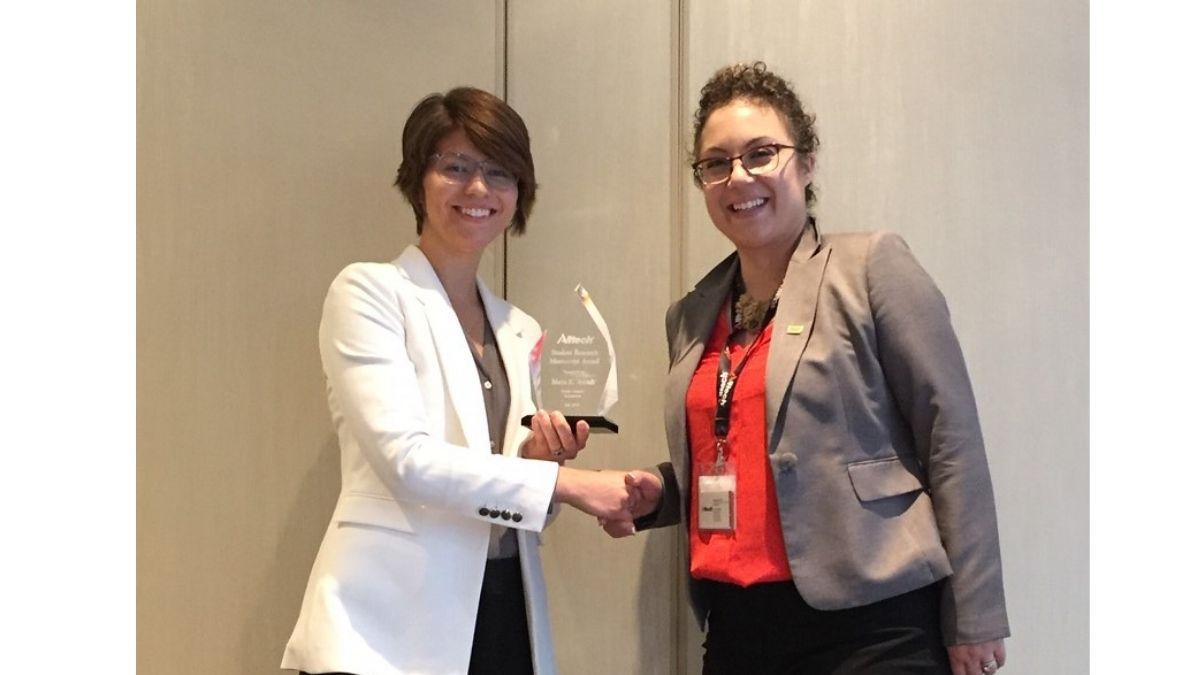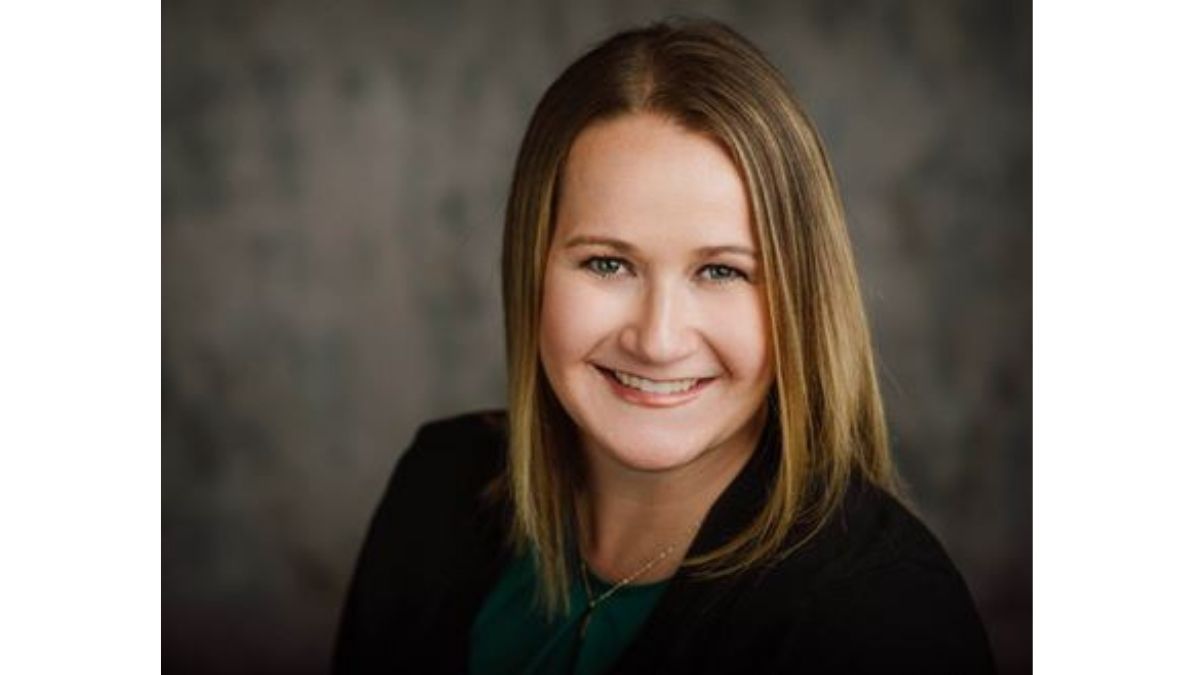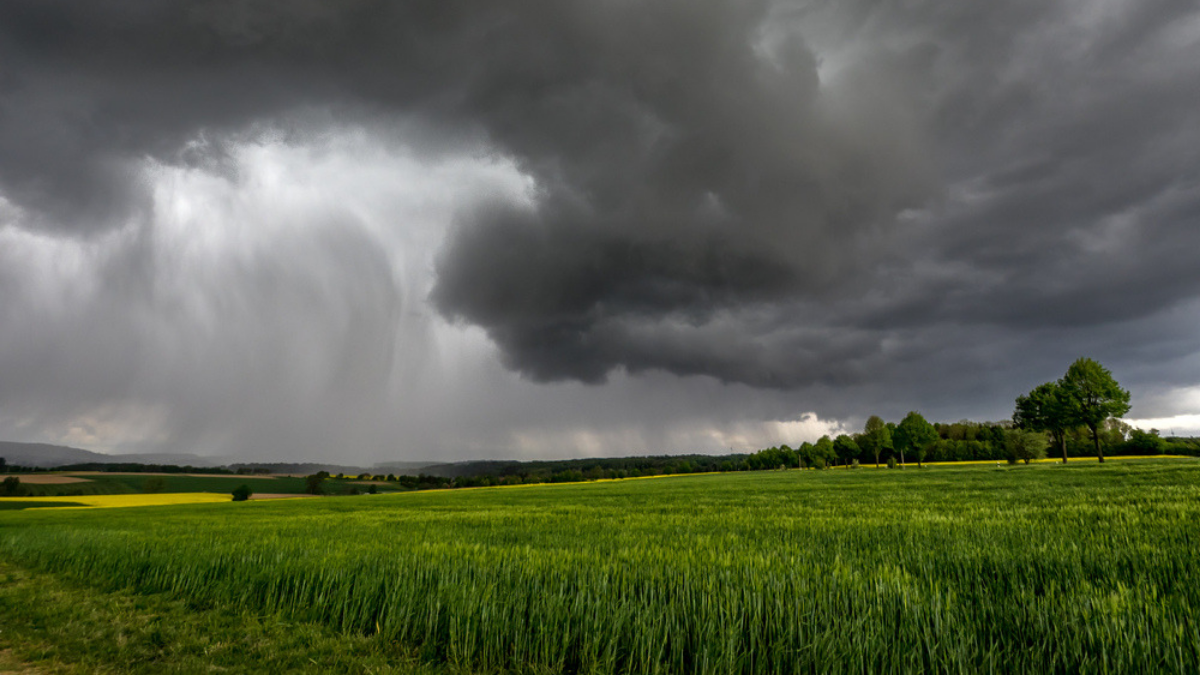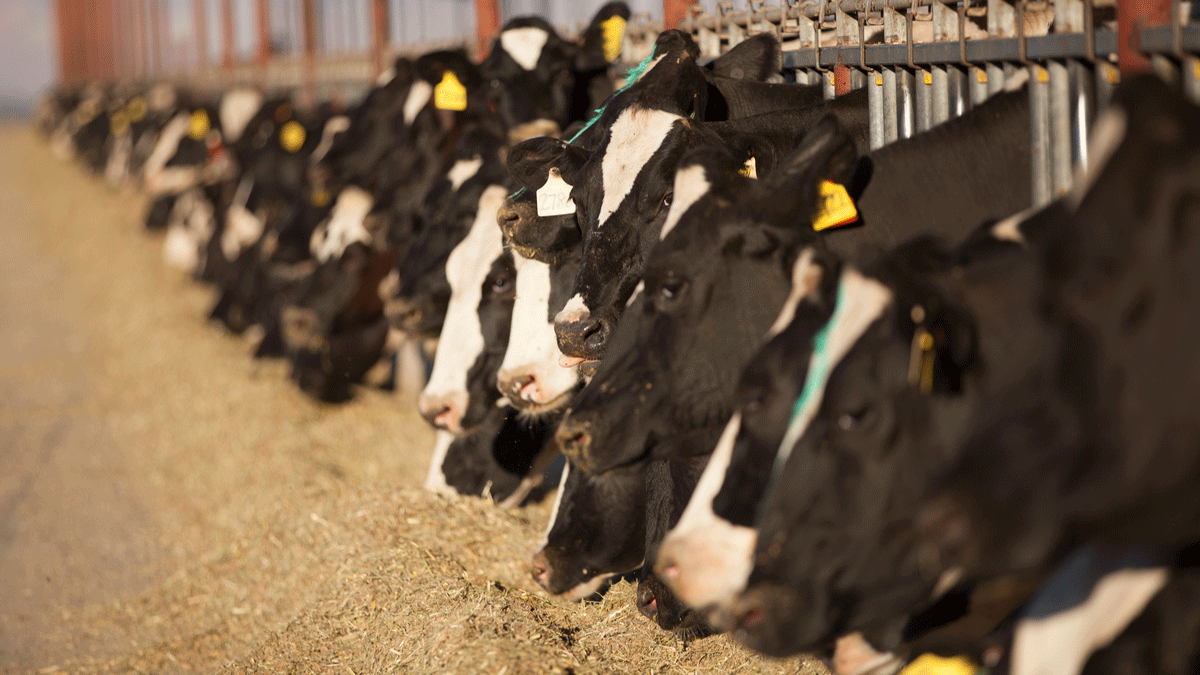Salmonella and your backyard flock
According to the Centers for Disease Control and Prevention (CDC), Salmonella is the cause of an estimated 1 million food-borne illnesses in the United States every year, including 19,000 hospitalizations and more than 300 deaths. The most common symptoms of a Salmonella infection are diarrhea, fever and abdominal cramps. Serious Salmonella infections are more likely to manifest in those who are under 5 years old or are over 65 years old, or in those with weakened immune systems (e.g., diabetics or cancer patients). Although illness from Salmonella is often the result of improper food preparation or several other factors, poultry producers and backyard flock owners can help reduce consumer risk through good management practices.
Potential sources of bacterial contamination include:
- Wild birds/pests (e.g., beetles, flies or rodents)
- Water
- Visitors
- Hygiene
In poultry production, there are eight key areas that must be given attention in order to reduce bad bacterial contamination on-farm and aid in the prevention of Salmonella.
1. Clean facilities and dedication to biosecurity: Residual contamination from previous flocks is a common cause of Salmonella in birds. Cleaning areas that birds often touch (e.g., drinking and feed containers) or frequent (e.g., the coop) before the birds arrive and after they leave can help reduce the prevalence of Salmonella. Effective biosecurity and pest control are also key to avoiding contamination in the coop.
2. Feed: Contaminated grains and feed ingredients can increase the risk of Salmonella in the final feed. Use heat-pelleted feed, and source feed from mills that maintain stringent quality standards.
3. Water management: Water management is a crucial part of any Salmonella control program for poultry, since water can serve as a medium for the organism to spread from bird to bird. Chlorination, as well as the use of organic acids in drinking water, can help to reduce Salmonella levels in the flock.
4. Dust: Like water, dust can also foster the spread of Salmonella. Try to keep dust levels in and around the coop below 3 milligrams per cubic meter.
5. Litter and manure management: Poultry litter and manure with high moisture and pH levels allow Salmonella to thrive. Managing the moisture and pH of the litter and manure can be effective ways to prevent it from spreading.
6. Managing gut flora: Establishing and maintaining proper gut flora soon after hatching is critical for mitigating Salmonella contamination. Programs that include the use of probiotics, organic acids, enzymes and yeast technologies have proven effective at maintaining optimal gut health. Several Alltech products that can support gut health — including Sel-Plex®, Bioplex®, Allzyme® ;SSF, Bio-Mos®, Yea-Sacc® and Integral® A+ — are incorporated into all Hubbard Premium Quality poultry feeds.
7. Coccidiosis: Intestinal challenges caused by poor gastrointestinal integrity can have a major impact on Salmonella levels in broilers. As such, strong coccidiosis management should be part of every Salmonella control program.
8. Vaccination: Especially at the breeder level, the use of vaccines has the potential to reduce the prevalence of Salmonella among day-old chicks. You should only purchase chicks from a reputable source. While vaccines can be applied to backyard poultry, a poultry veterinarian should be consulted to design a suitable program for your birds.
Cleaning and personal hygiene for your safety
People can get sick from eating Salmonella-infected meat or eggs or by touching infected poultry or housing. Birds can carry Salmonella but show no symptoms or signs of illness. Fortunately, however, there are several factors that can boost protection:
- Always wash your hands with soap and water (or use hand sanitizer) immediately after touching birds, their housing, eggs or meat. Require visitors to do the same.
- Do not allow backyard poultry inside your home, especially where food or drink is prepared, served or stored.
- Wear a specific pair of shoes when taking care of or visiting birds that you do not wear elsewhere. Leave this footwear outside and request that visitors to do the same. Rubber boots are a popular option.
- Do not eat or drink where poultry live or roam.
- Do not kiss or snuggle backyard poultry and then touch your face or mouth.
- When cleaning the equipment or materials you use to raise or care for your birds, do so outdoors, not inside.
- Any individuals with potentially weakened immune systems should not touch the birds.
- Source young birds from government-inspected hatcheries or reputable sources that have a bird health plan.
- Maintain a clean coop and collect eggs often.
- Clean dirty eggs with fine sandpaper, a brush or cloth — but DO NOT wash eggs with cold water, as this can pull Salmonella into the egg.
- Refrigerate eggs after collecting them and cook them thoroughly before serving.
To expand on the CDC statements regarding Salmonella in backyard flocks, many of these precautions should also be applied when going to a feed or retail store that offers baby chickens, turkeys and/or ducks for purchase. Many stores are now enclosing the birds in an effort to discourage handling, but it is still a good idea to wash and/or sanitize your hands prior to leaving the store.
Additionally, take extra precautions when cooking or handling raw chicken. Try to limit the exposure of raw chicken to temperatures above 40 degrees Fahrenheit (e.g., leaving raw chicken out on the kitchen counter). Always cook poultry thoroughly — use a meat thermometer to ensure that the proper temperature is met — and disinfect surfaces where meat was stored or prepared. The safe internal temperature for cooked chicken is 165° Fahrenheit (75° Celsius).
For more information, please refer to the following articles from the CDC:
https://www.cdc.gov/features/salmonellapoultry/index.html
https://www.cdc.gov/salmonella/backyardpoultry-05-19/index.html
I want to learn more about poultry nutrition for my flock.
- Read more about Salmonella and your backyard flock
- Log in to post comments

<script charset="utf-8" type="text/javascript" src="//js.hsforms.net/forms/v2-legacy.js"></script>
<![endif]--><script charset="utf-8" type="text/javascript" src="//js.hsforms.net/forms/v2.js"></script><script>
hbspt.forms.create({
portalId: '745395',
formId: '7046e5d7-6668-42e6-953d-45ac02f6a192'
});
</script>





















